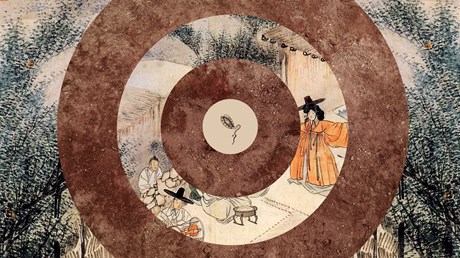An awareness of the spirit world was a crucial component in missionary efforts to spread the gospel.

Protestant missionaries arrived in Korea in the 1880s with a burning desire to share the gospel to the locals.
This was the golden age of Protestant missions, and missionary records captured detailed impressions of Korea’s political, social, and spiritual atmosphere.
The missionaries were perplexed to find almost no evidence of religious life there. Some even defined Korea as a nonreligious country where Confucianism merely served as a philosophical and moral guide for living.
They were wrong.
As they settled into their new lives, the missionaries soon realized that shamanism was a core religious belief in Korea. American missionary Homer B. Hulbert used the term “spirit-worship” for the animist, nature-worshiping practices he observed there, while fellow missionary George Heber Jones opined that Korea was rich in religious phenomena that comprised a mix of shamanism, Buddhism, and Confucianism.
Shamanism “appealed” to the Korean person’s soul and “inspired him with fear,” while “Buddhism appealed to his heart and inspired him with admiration and Confucianism appealed to his mind and inspired him with respect and veneration,” Jones wrote in The Rise of the Church in Korea.
These missionaries also grew to recognize how influential shamanism was in shaping and contextualizing the Christian faith in the Korean context.
Shamanism provided a deep awareness of the spirit world, which cultivated fertile space for evangelism. The female shamans’ spiritual power and authority also proved instrumental in growing a network of “Bible women” in the country.
How Christianity arrived in Korea
Korean scholars were the first to introduce Catholicism in the country. In the ...
from Christianity Today Magazine
Umn ministry


.gif)

.gif)
.gif)
